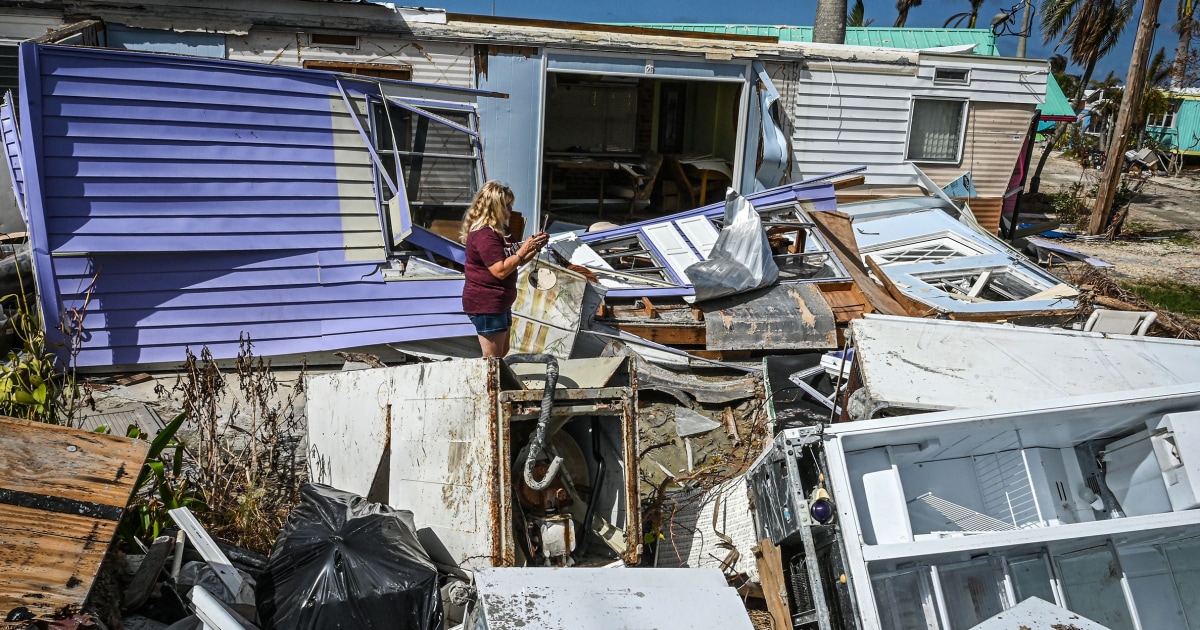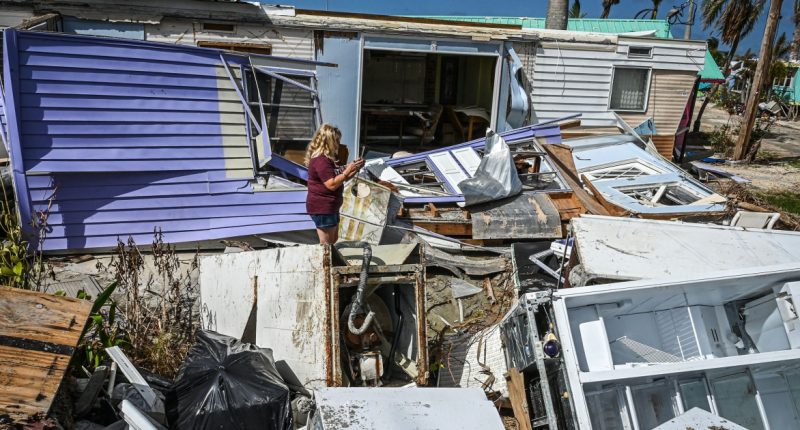
Multiple studies have found that while climate change is not expected to increase the number of hurricanes that strike each year, warmer ocean temperatures will strengthen those that do form. A warmer atmosphere can also hold more moisture, which means these storms can produce heavier rainfall and catastrophic flooding.
As such, the planet can expect more intense storms so long as global warming continues.
In their study, the researchers looked at hurricanes from 1980 to 2021 and found that five storms in those last nine years had peak winds greater than 192 mph. The scientists argued that these hurricanes could have been classified as Category 6 storms.
The study also used models to examine how different climate scenarios could affect hurricanes and other major storms around the world. They found that if the planet warms 2 degrees Celsius above pre-industrial levels, the risk of Category 6 storms could double in the Gulf of Mexico, a region that is already prone to strong hurricanes. Southeast Asia and the Philippines are also among the regions that would face similarly high threats from intensified storms, the researchers found.
“Even under the relatively low global warming targets of the Paris Agreement, which seeks to limit global warming to just 1.5 [degrees] C above preindustrial temperatures by the end of this century, the increased chances of Category 6 storms are substantial in these simulations,” Wehner said in the statement.
The findings add to ongoing debates about how to better communicate to the public the threats of extreme weather events and the ways that climate change can multiply them.
Scientists have known, for instance, that the Saffir-Simpson scale fails to convey some of the most destructive and potentially deadly aspects of a hurricane, such as storm surge, rainfall and flooding.
“While adding a 6th category to the Saffir–Simpson Hurricane Wind Scale would not solve that issue, it could raise awareness about the perils of the increased risk of major hurricanes due to global warming,” study co-author James Kossin, a climate scientist and distinguished science adviser at First Street Foundation, a nonprofit research group, said in a statement.
The National Hurricane Center announced Tuesday that it will begin issuing a new experimental forecast this summer for tropical storms, updating their existing cone graphics that show a storm’s potential track. The new forecasts will include inland tropical storm and hurricane watches and warnings that are in effect, in a bid to better convey inland wind risks during extreme weather events, the agency said.
Source: | This article originally belongs to Nbcnews.com









